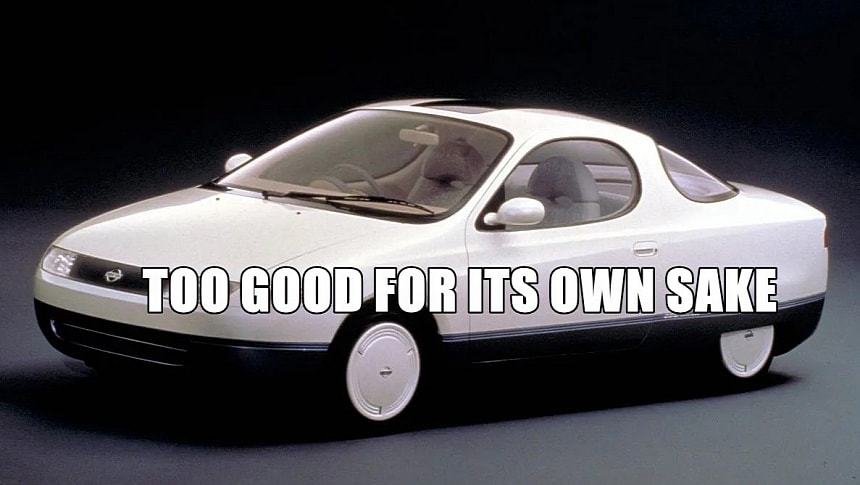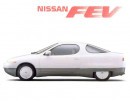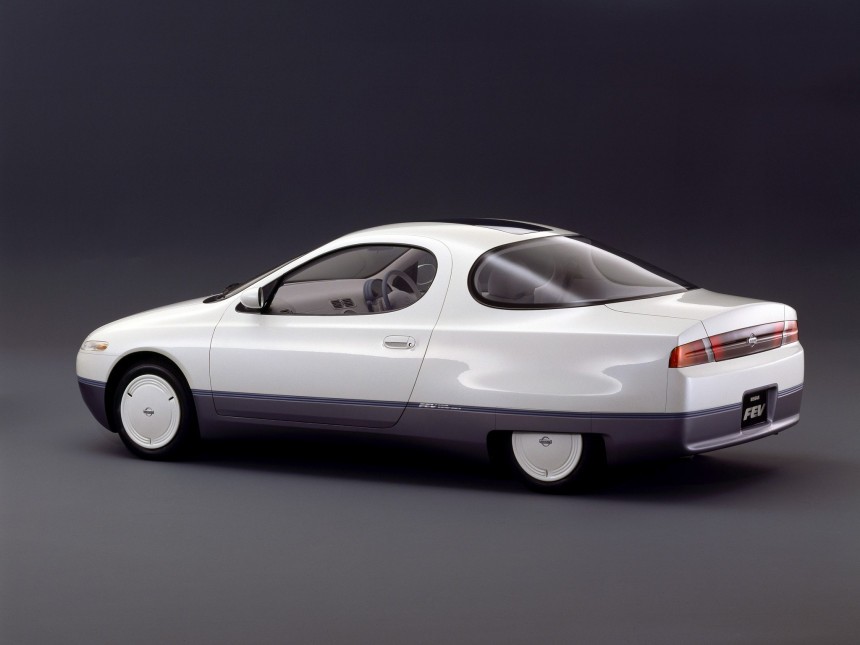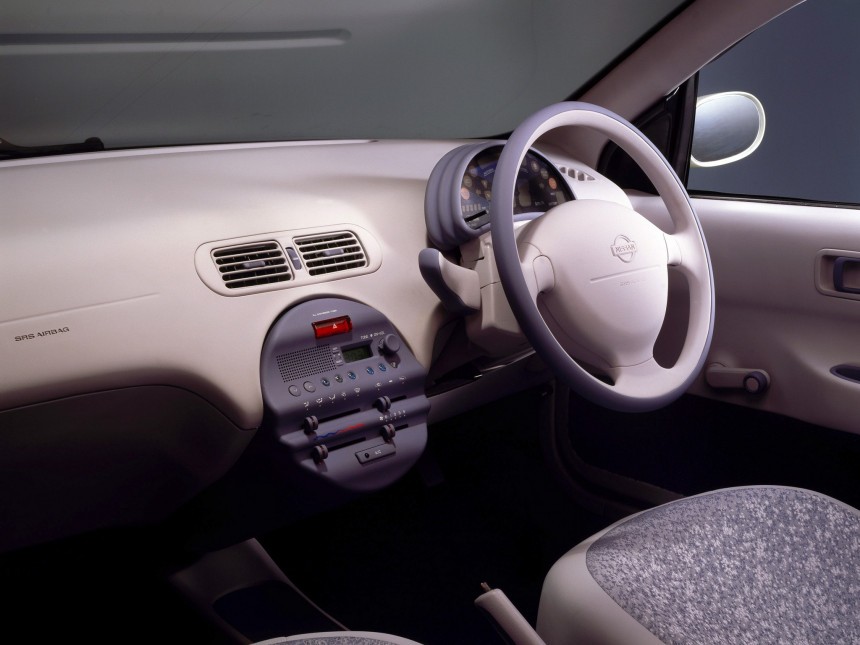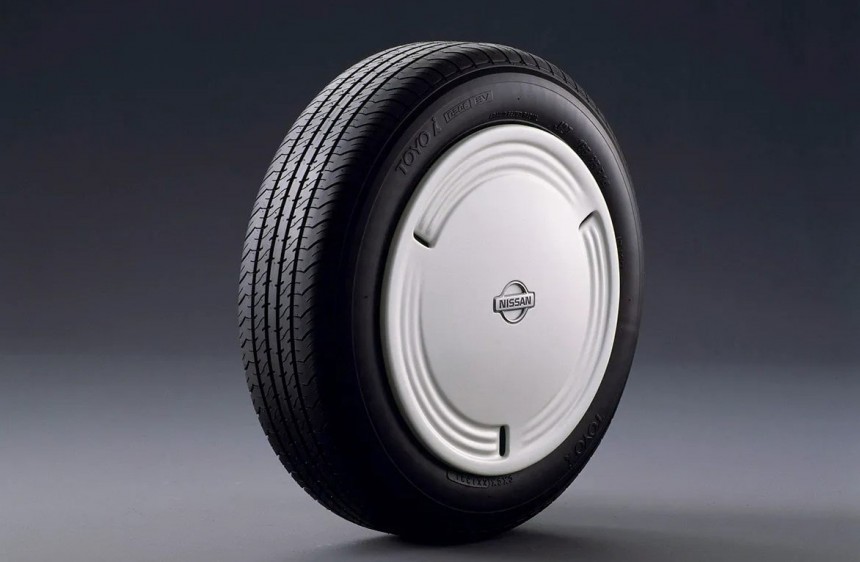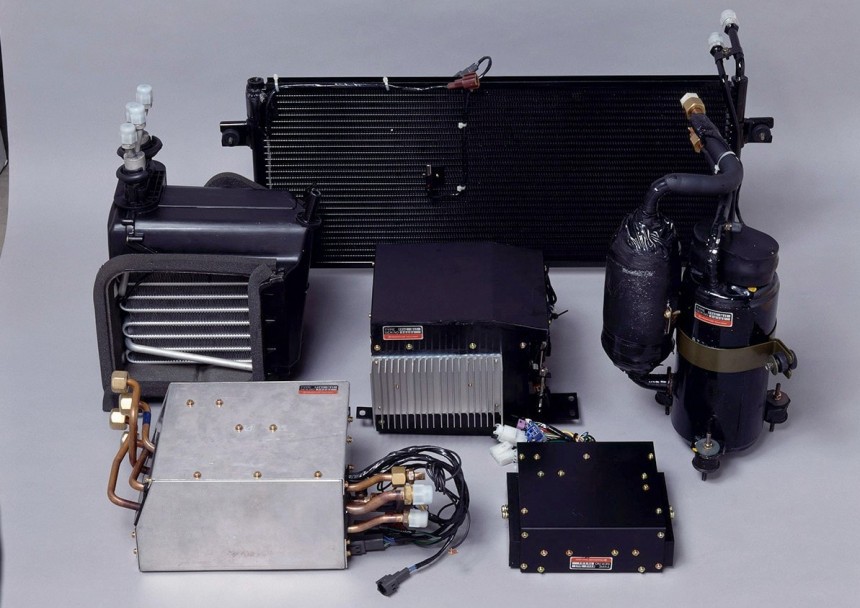Take a trip down automotive memory lane whenever you want, and you'll be shocked to see how many old designs would still live up to today's standards, be it for design, quality, or performance. Most of the time, though, you'll be shocked at the audacity of the designs, the unbound creativity, and outlandish features.
Like in any other major industry, conceptual studies play an important role in the automotive industry. They serve to analyze current trends and push the limits of what could be achievable, to try and determine or even set new trends by pushing forward new tech and features, or to just showcase extraordinary skill.
Concept vehicles don't always make it to production models. In fact, very few of them make it that far, with the majority stuck in early development stage, where they only live in sketches or renders. Arguably the most fascinating of the lot are concepts that reach prototype stage, because they seem stuck in their very own bubble, caught halfway between real life and an automotive dream.
The Nissan FEV is one such concept. The name stands for Future Electric Vehicle, which really says all about what it was meant to do: this was the car of the future as Nissan imagined it in 1991 when it presented the concept at that year's edition of the Tokyo Motor Show.
The FEV was an all-electric vehicle at a time when electric vehicles for daily use were a rarity, when the world was not yet ready for a wide adoption of these vehicles and when, even if it had been, they mostly looked like funny, funky toy cars than proper daily drivers. It was different and elegant, though admittedly with what we could describe today as dated styling, and it promised to be an actual replacement of the standard ICE (internal combustion engine) family car.
So, where other EVs at the time were pint-sized vehicles with very limited range, the 1991 Nissan FEV proposed a standard-sized vehicle with usable highway range and speed. The automaker still described it as essentially a city car, one that could easily be charged at home overnight or, even better, thanks to its supercharging feature, in a matter of minutes.
The FEV boasted a streamlined body with just two doors, rolling on custom-made Nissan low roll resistance tires. Construction stood out for an over-reliance on aluminum, which ultimately translated into a low weight and an impressive drag coefficient of just 0.19 in tunnel tests.
Designed as "an EV that can be used normally in everyday life," this vision of the future modern vehicle featured two bucket seats in the front and a smaller, more cramped two-person bench in the rear. Minimalist styling made the interior of the cabin seem less constricting.
It helped that the windshield was larger than standard and, to boot, fitted with UV-blocking, water-beading glass than enhanced visibility. The dashboard was also minimalist or, better said, it was the distinctly '90s take on minimalism.
Power came from a nickel-cadmium battery pack of unspecified dimensions, good for an estimated 155 miles (250 km) per charge, powering a new, high-induction compact electric motor. Nissan added a SQC feature, which stood for Super Quick Charge, and which allowed to charge the battery up to 40% in just 6 minutes at a 200V plug. Plugging it at a standard 100V home outlet required 8 hours for a full charge.
The FEV also carried a small solar panel on its roof, which served to power the secondary systems, like audio and climate control. A heat pump was used for heating the cabin and regenerative braking also helped top up available energy.
If what you've read so far got you thinking that the FEV sounded almost too good, you're probably right. Not a single one of these claims were verified independently, so we only have Nissan's word for them.
Then, there were downsides. Indeed, many of the vehicle's features would put it on par with many of today's EVs, but the FEV was also very slow. While top speed was a decent 81 mph (130 kph), it took 20 seconds to accelerate it from a standstill to 60 mph (96.5 kph), a figure that would get Tesla's Elon Musk hysterical with laughter today.
Ultimately, it wasn't slow acceleration or even the short range that killed the FEV before it went into production. Though it was designed as a preview of a future production model, the FEV's biggest enemy was the era in which it was born. Put differently, it was simply too advanced and too early for its time because there was no market for electric vehicles back then.
The need to cut down pollution and to tackle the issue of climate change wasn't as pressing as it is today, as neither was pressure from governing bodies to offer more sustainable alternatives. The most important factor, however, was that fuel was cheap, and if people can afford to drive their ICE cars as per usual, there's simply no room left for something as drastic as a totally new approach.
Concept vehicles don't always make it to production models. In fact, very few of them make it that far, with the majority stuck in early development stage, where they only live in sketches or renders. Arguably the most fascinating of the lot are concepts that reach prototype stage, because they seem stuck in their very own bubble, caught halfway between real life and an automotive dream.
The Nissan FEV is one such concept. The name stands for Future Electric Vehicle, which really says all about what it was meant to do: this was the car of the future as Nissan imagined it in 1991 when it presented the concept at that year's edition of the Tokyo Motor Show.
So, where other EVs at the time were pint-sized vehicles with very limited range, the 1991 Nissan FEV proposed a standard-sized vehicle with usable highway range and speed. The automaker still described it as essentially a city car, one that could easily be charged at home overnight or, even better, thanks to its supercharging feature, in a matter of minutes.
The FEV boasted a streamlined body with just two doors, rolling on custom-made Nissan low roll resistance tires. Construction stood out for an over-reliance on aluminum, which ultimately translated into a low weight and an impressive drag coefficient of just 0.19 in tunnel tests.
It helped that the windshield was larger than standard and, to boot, fitted with UV-blocking, water-beading glass than enhanced visibility. The dashboard was also minimalist or, better said, it was the distinctly '90s take on minimalism.
Power came from a nickel-cadmium battery pack of unspecified dimensions, good for an estimated 155 miles (250 km) per charge, powering a new, high-induction compact electric motor. Nissan added a SQC feature, which stood for Super Quick Charge, and which allowed to charge the battery up to 40% in just 6 minutes at a 200V plug. Plugging it at a standard 100V home outlet required 8 hours for a full charge.
If what you've read so far got you thinking that the FEV sounded almost too good, you're probably right. Not a single one of these claims were verified independently, so we only have Nissan's word for them.
Then, there were downsides. Indeed, many of the vehicle's features would put it on par with many of today's EVs, but the FEV was also very slow. While top speed was a decent 81 mph (130 kph), it took 20 seconds to accelerate it from a standstill to 60 mph (96.5 kph), a figure that would get Tesla's Elon Musk hysterical with laughter today.
The need to cut down pollution and to tackle the issue of climate change wasn't as pressing as it is today, as neither was pressure from governing bodies to offer more sustainable alternatives. The most important factor, however, was that fuel was cheap, and if people can afford to drive their ICE cars as per usual, there's simply no room left for something as drastic as a totally new approach.
